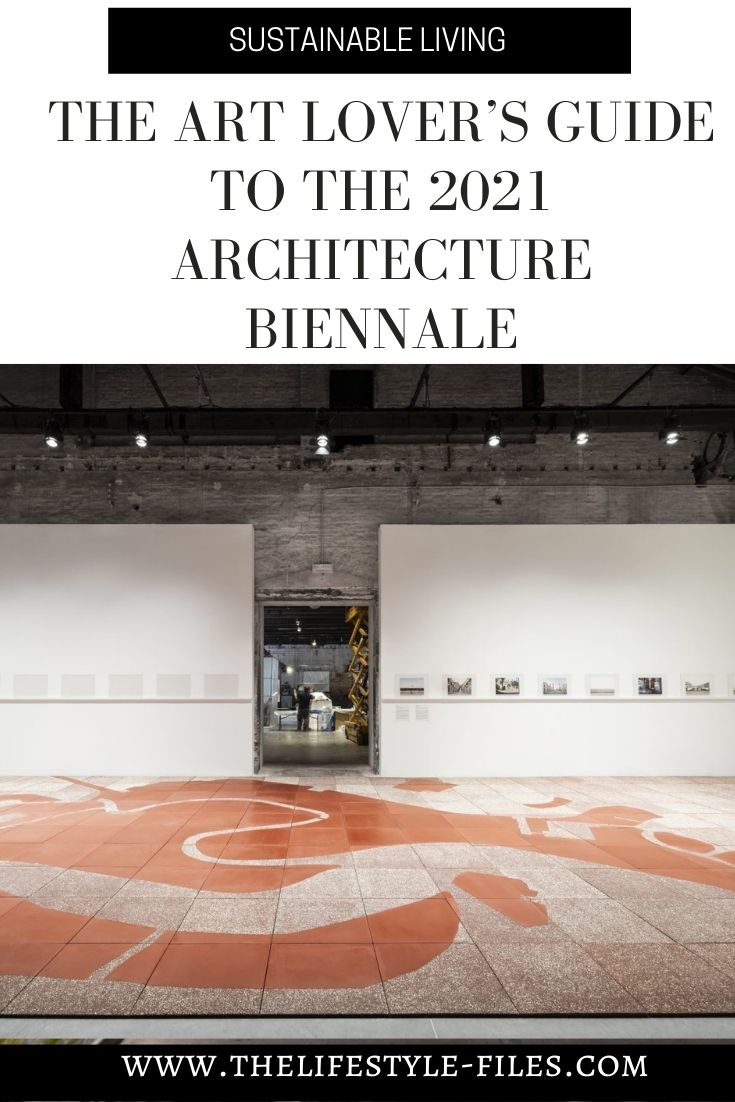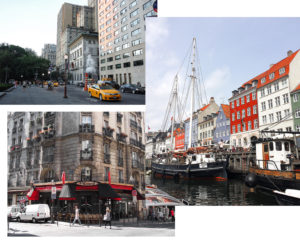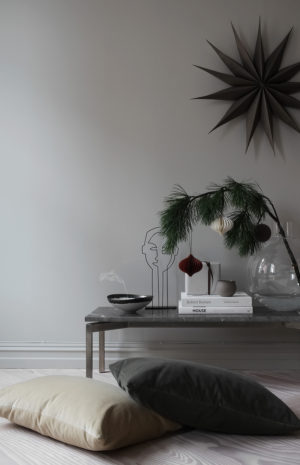Every other year on even years (except, of course, in 2021, because the pandemic doesn’t follow rules and schedules), the city of Venice is filled with architects, design firms, engineers, craftspeople, artists, and art lovers from all over the world who come together for one of the biggest events of the industry – the Venice Architecture Biennale.
The event, which is a part of the general Art Biennale, has been organized since 1980. Its main agenda is to comment on and propose architectural solutions to the most pressing contemporary societal, humanistic, and technological issues.
The 2021 Biennale is entitled “How will we live together?” and has called upon architects “to imagine spaces in which we can generously live together”. In the context of widening political divides, growing economic inequalities, and the climate crisis that is disrupting communities and the lives of millions, the question is probably more relevant than ever.
At one point, we planned to visit the Biennale in person, but it seems it’s not gonna happen this year. So, I’ve done the next best thing and explored the pavilions virtually. Below, you can find a few of my favorite exhibits and pavilions – I ended up choosing the ones I thought had the most unique, intriguing or thought-provoking concept or message.
The Biennale runs until November 21, 2021 and features 112 participants from 46 countries, with a growing delegation from Africa, Latin America and Asia and with comparable representation of men and women.
Plan B Architecture & Urbanism – It’s time to stop building
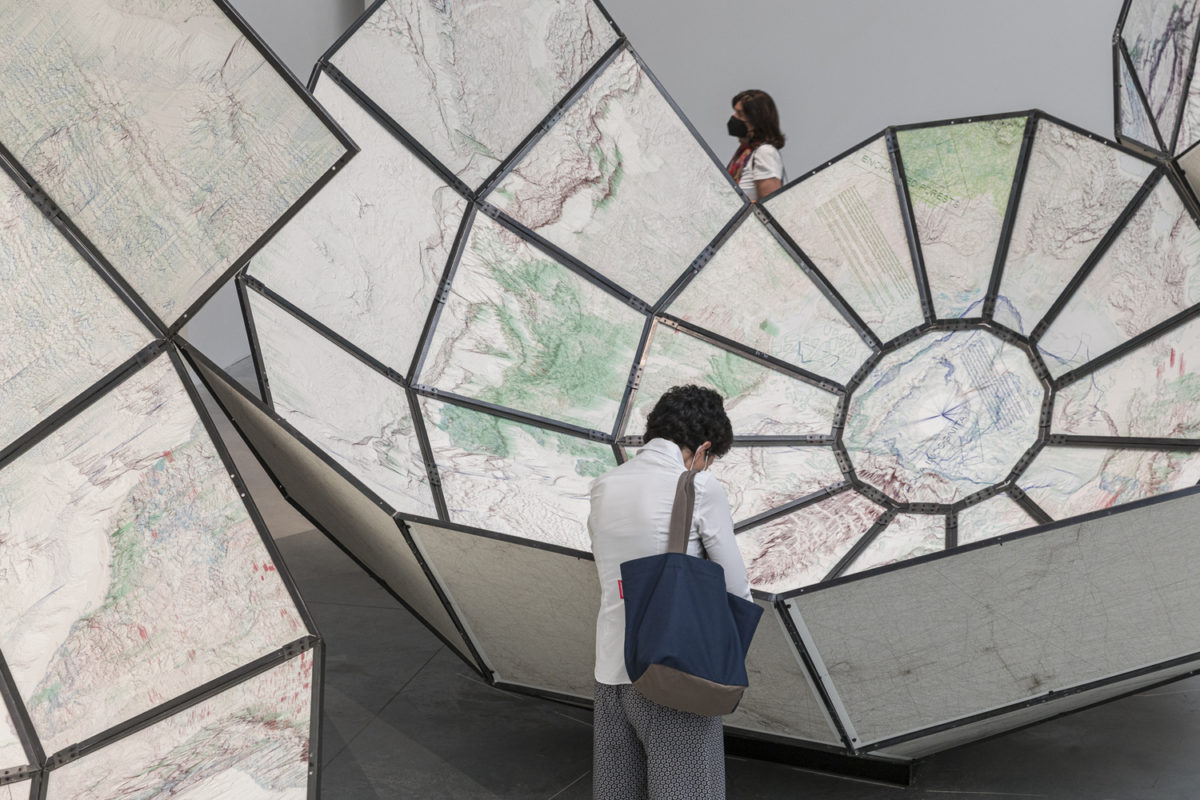
The World Turned Inside Out is an installation by American firm Plan B Architecture & Urbanism that literally cracks open the world to show the mysteries that are hidden/forgotten beneath our modern constructions, with the hopes of starting a new relationship between humans and the planet.
Humankind has transformed the entire earth into the City of Seven Billion. To navigate and search this city, we have created a huge network of highways, railroads, shipping lanes, submarine cables, vaporous contrails, and orbital paths that crisscross over the world. We have “discovered” and transformed almost every corner, but in the process we have overwhelmed the planet. It’s time to stop.
The World Turned Inside Out calls for an unexploring of the earth. It mobilizes practices of redacting, rewilding, and otherwise unclaiming the known.
Its message is clear: The time has come for a mandate of abandonment and forgetting, an epoch of slowing down. It’s time to give back.
Christina Agapakis, Alexandra Daisy Ginsberg & Sissel Tolaas – Resurrecting an extinct flower
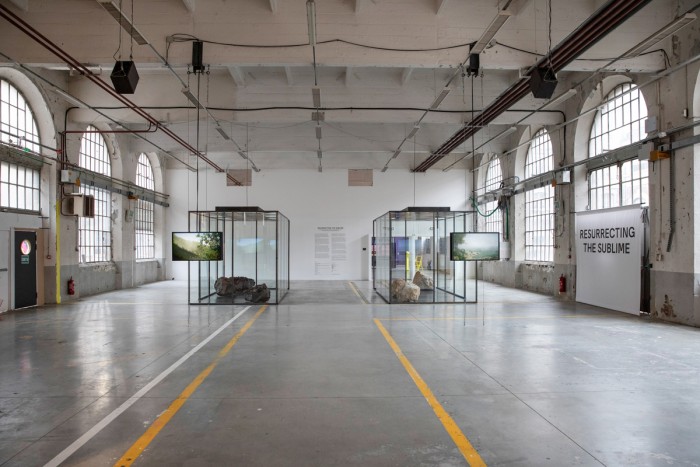
Resurrecting the Sublime is an eerie and thought-provoking installation that allows us a glimpse of an extinct flower, forever lost to human activity.
The vitrine is filled with the smell of the Hibiscadelphus wilderianus Rock, a flowering tree once indigenous to ancient lava fields on the southern slopes of Mount Haleakalā, Maui, Hawaii, before colonial cattle ranching decimated its habitat. The last tree was found dying in 1912.
If you’re curious how this can de bone (I was): The artist + scientists collected tissue samples of the flower from the Harvard University Herbarium. Then they have identified and isolated the gene sequences that could code for the flowers’ smell molecules and inserted these samples into yeast to allow for cultivation of the molecules. The smell is not an exact recreation, but it’s probably as close as we can get to it at the moment.
Resurrecting the smell of extinct flowers so that humans may again experience something we destroyed is awesome and perhaps terrifying; it evokes the sublime, an eighteenth-century theory from art and literature that encapsulates this feeling of awe and terror at the natural world. It asks us to contemplate our actions and potentially change them for the future especially as many scientists think we are already facing the age of the 6th mass extinction, which could destroy life as we know it.
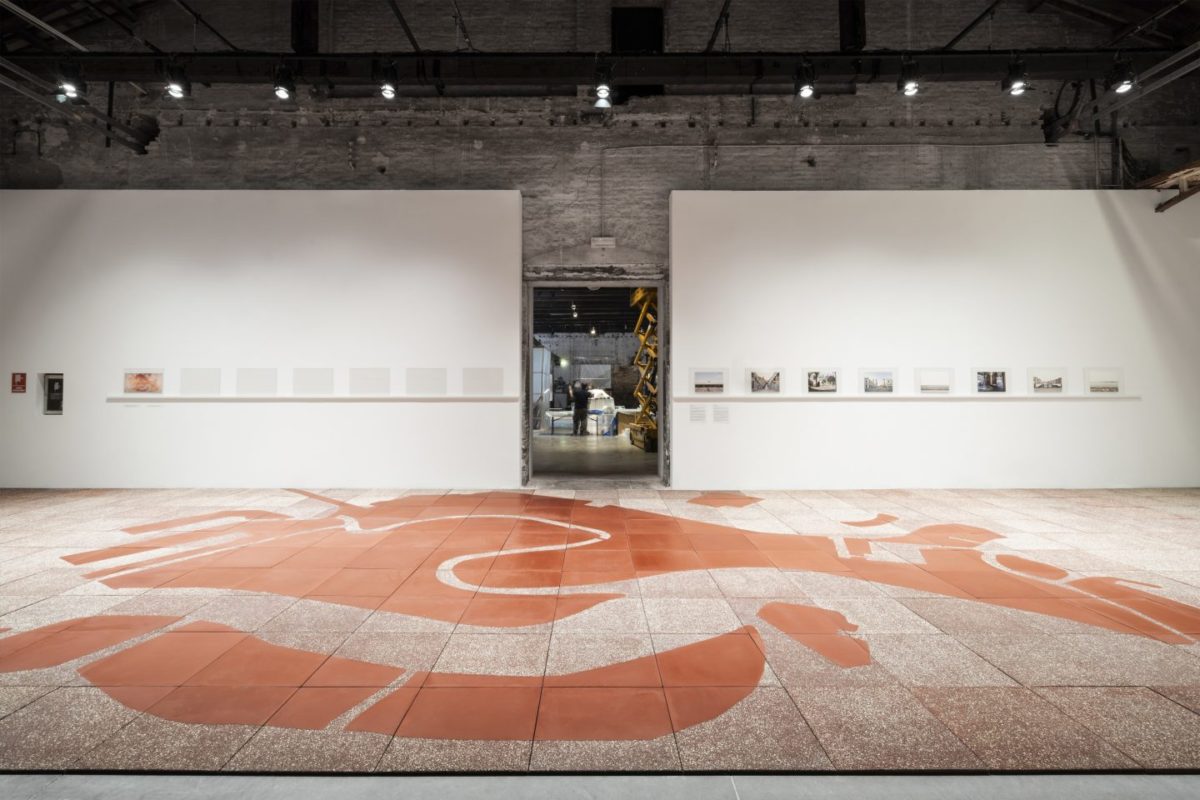
Studio L A – City to Dust
In recent years, the host city of the biennale, Venice, has become a frontline in the battle against overtourism. The numbers are staggering – around 25 million people visit the tiny city each year; in high season, this means 120,000 tourists per day, compared to the roughly 55,000 permanent residents. The city is simply not built to accommodate such a gigantic mass of people.
Venice is not the only site endangered by mass tourism – it is increasingly becoming a global problem that affects popular cities like Barcelona or Amsterdam and majestic natural sites like the Grand Canyon or Bali. Overtourism has many adverse effects from housing affordability (it drives up rents and simultaneously drives out locals) to environmental degradation and a major disruption to the lives of local people. No wonder that more and more locals and civil organizations are protesting and forcing city officials to introduce rules and regulations controlling tourism.
-
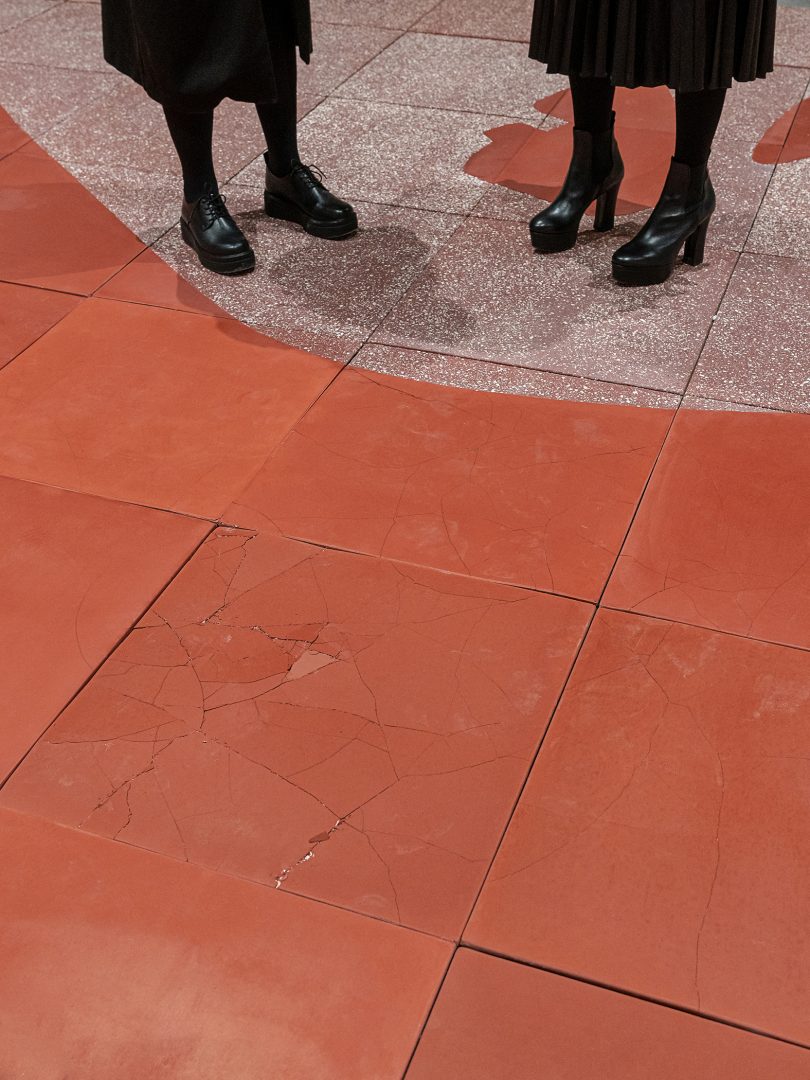
Photos by Studio L A -
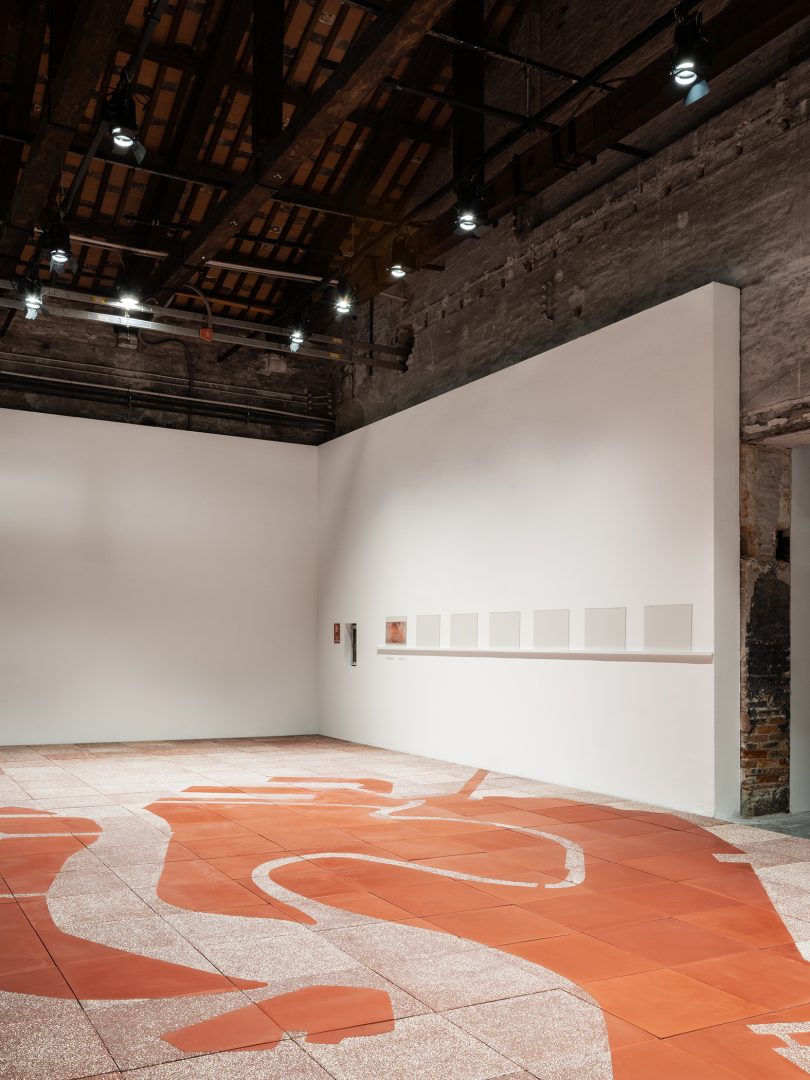
City to Dust is a continuously changing installation that shows the dangers and negative impacts of mass tourism in Venice. Studio L A’s work puts this issue into the limelight by making us actually see how our actions can destroy a city – step by step. The terrazzo flooring portrays the map of the city – since it is a public space, visitors must cross it to enter the next exhibition.
If the space is crowded, no one can see Venice in its entirety. Moreover, visitors downgrade the installation with every single step – until parts of it break away and disappear forever. It’s a forceful reminder of the severe impact of our actions.
Thailand National Pavilion – Elephants and humans living together
-
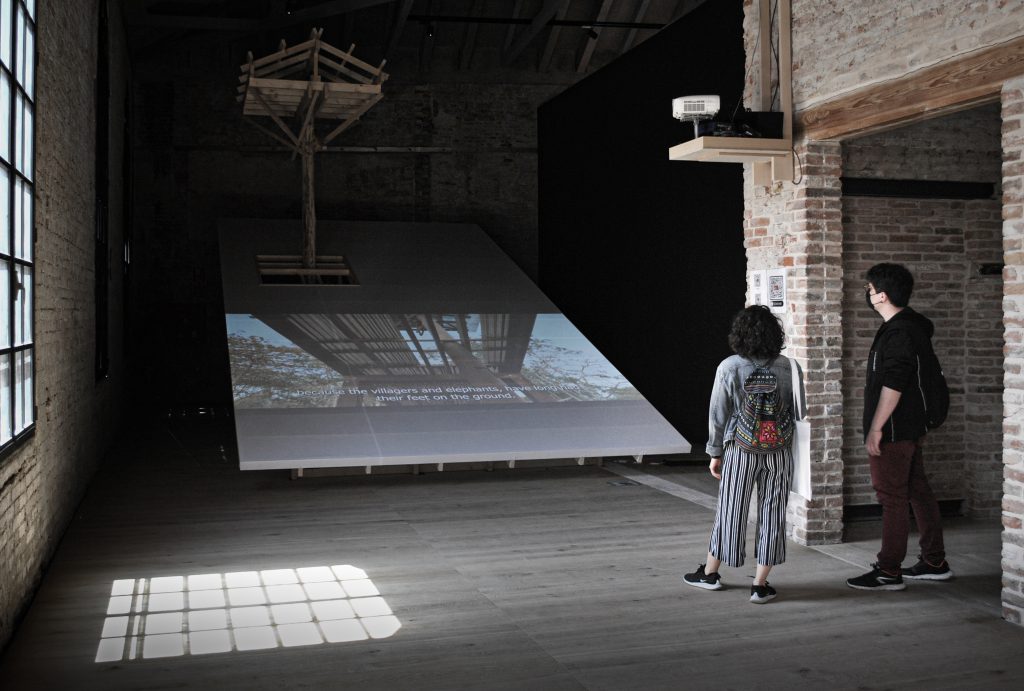
Photos via wonderfruit -
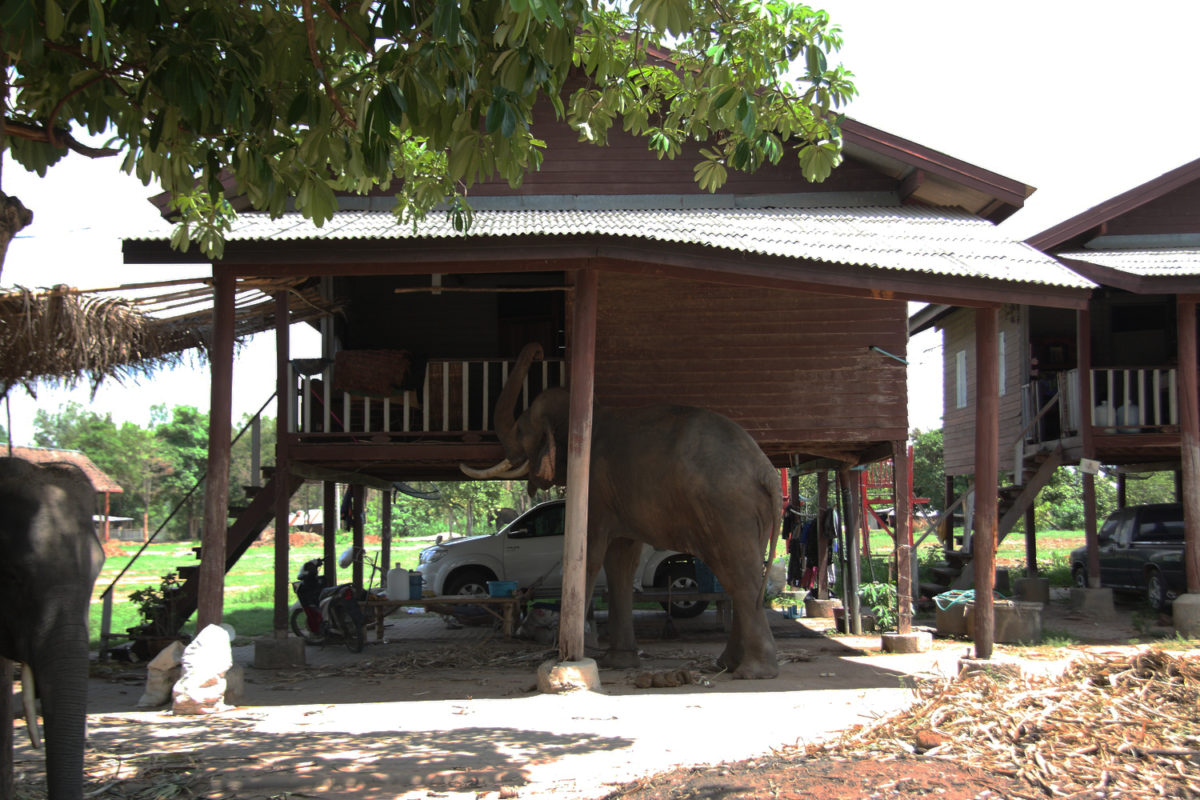
The Thai pavilion approaches the Biennale’s central question “How will we live together” from the angle of human-animal coexistence and — asks, in an age of conflict, what can be learned from Thailand’s tha tum, where humans and elephants have lived side by side for centuries. I’ve never heard this before but apparently there’s an indigenous ethnic group in Thailand – the Kuy – who have created a harmonious living arrangement with the local elephants. They share a strong bond and locals regard elephants as members of their close-knit communities. This feeling even manifests itself in their building traditions – some sections are dedicated to the elephants, like a large shading structure or a separate shrine related to their lives with elephants.
This peaceful harmony is in danger, though – large scale deforestation has threatened the livelihood of the Kuy people and displaced humans and elephants alike. To protect them, the government launched an elephant welfare program to bring back the elephants and help the community continue their self-sustaining, traditional lifestyles.
The pavilion (and its twin structure in Thailand) showcases a traditional living structure symbolizing this co-habitation and reminds us that our territory and another’s may overlap more in the future and we must learn to respect other species and learn how to live together.
ecoLogicStudio – Grow your own algae at home
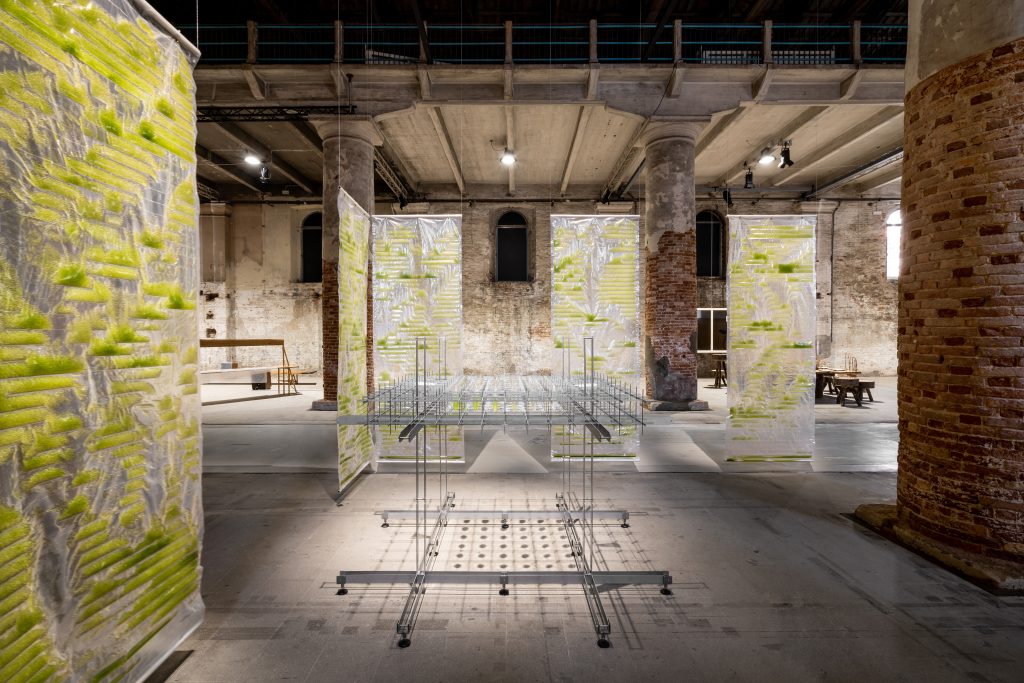
-
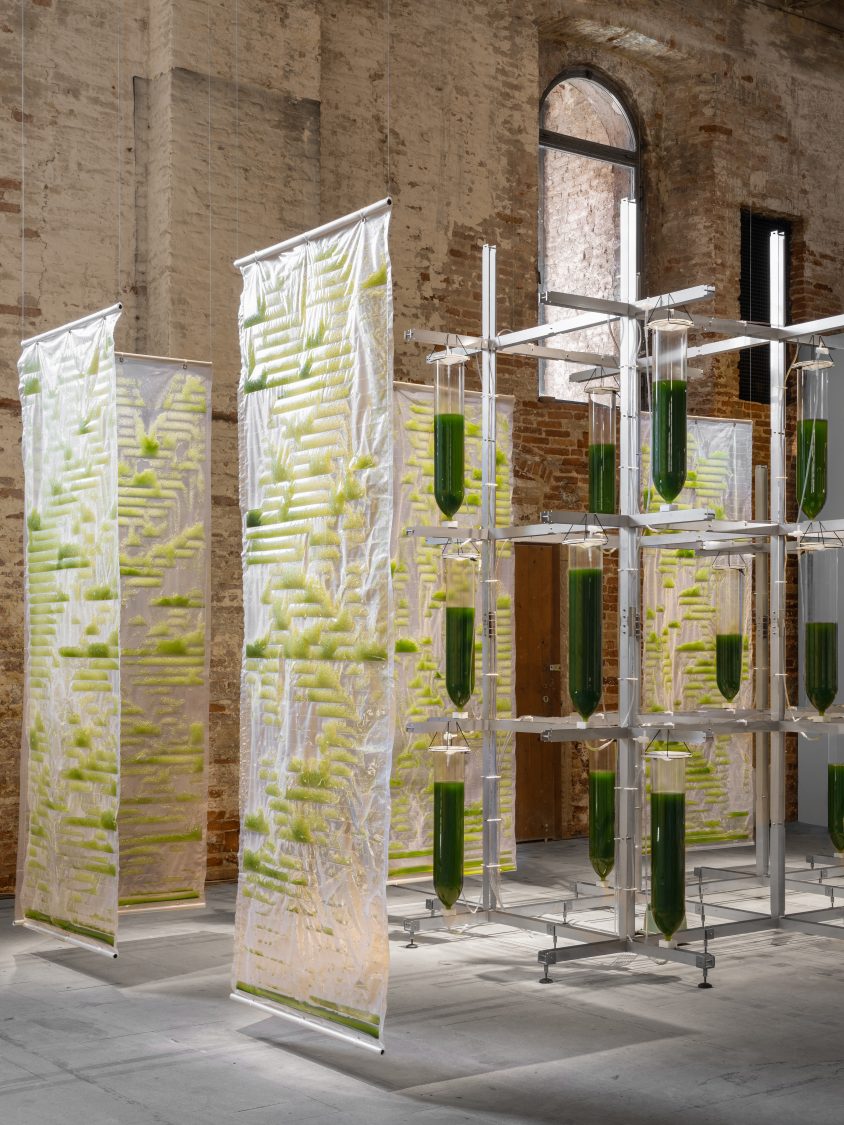
Photos by ecoLogicStudio -
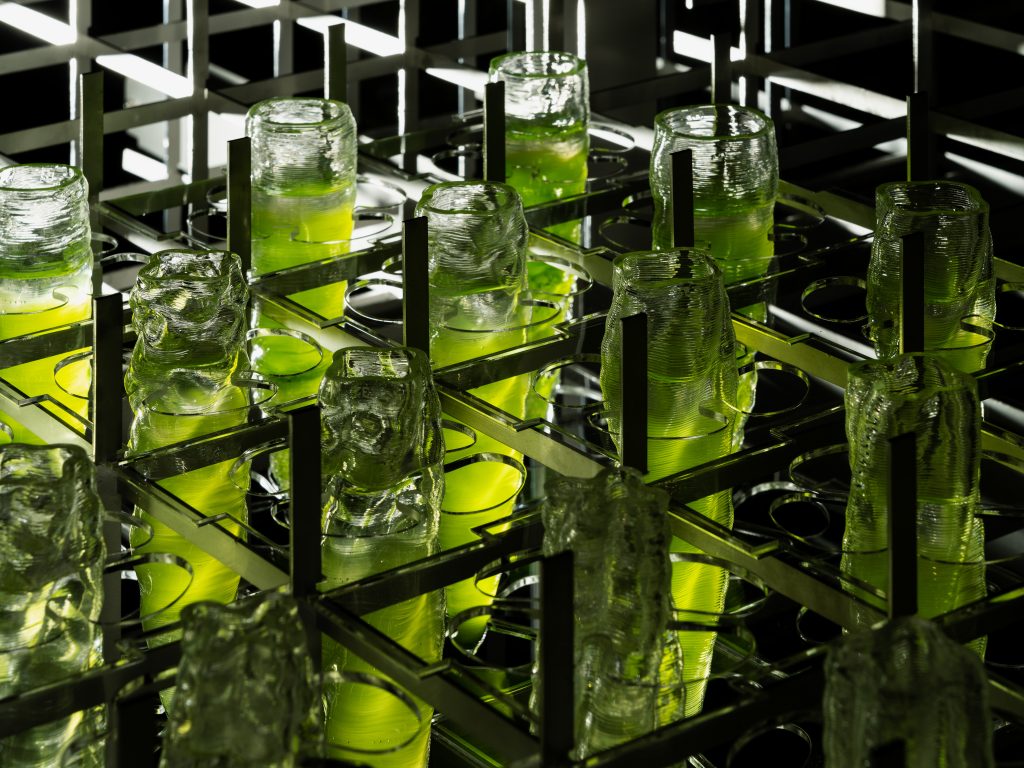
London-based ecologicStudio built a multi-layered installation that showcases the many benefits of algae production and imagined a future when we could all grow our own algae at home.
Algae are sustainable super organisms for many reasons – many experts think they could be the secret super weapon to combat climate change. They are incredibly efficient in capturing and storing CO2 from the atmosphere – in the right circumstances they are much more efficient than trees. They also require less space and less time to be fully functioning carbon capturers and the production doesn’t cause further pollution.
Algae, particularly microalgae also have a valuable nutritional composition so they could play a huge role in sustainable food production. Spirulina and chlorella are already popular health supplements – larger-scale production could bring down their price and provide important source of protein for billions of people.
Algae can also be used for biofuels and producing sustainable materials and commercial products, from furniture to shoes and plastic alternatives.
The installation showcases some of these potentials – the photosynthetic curtains turn walls into efficient air purifiers, the vertical garden produces algae while absorbing CO2, and the lab and table encourage visitors to taste the algae.
UAE National Pavilion – A sustainable alternative to concrete
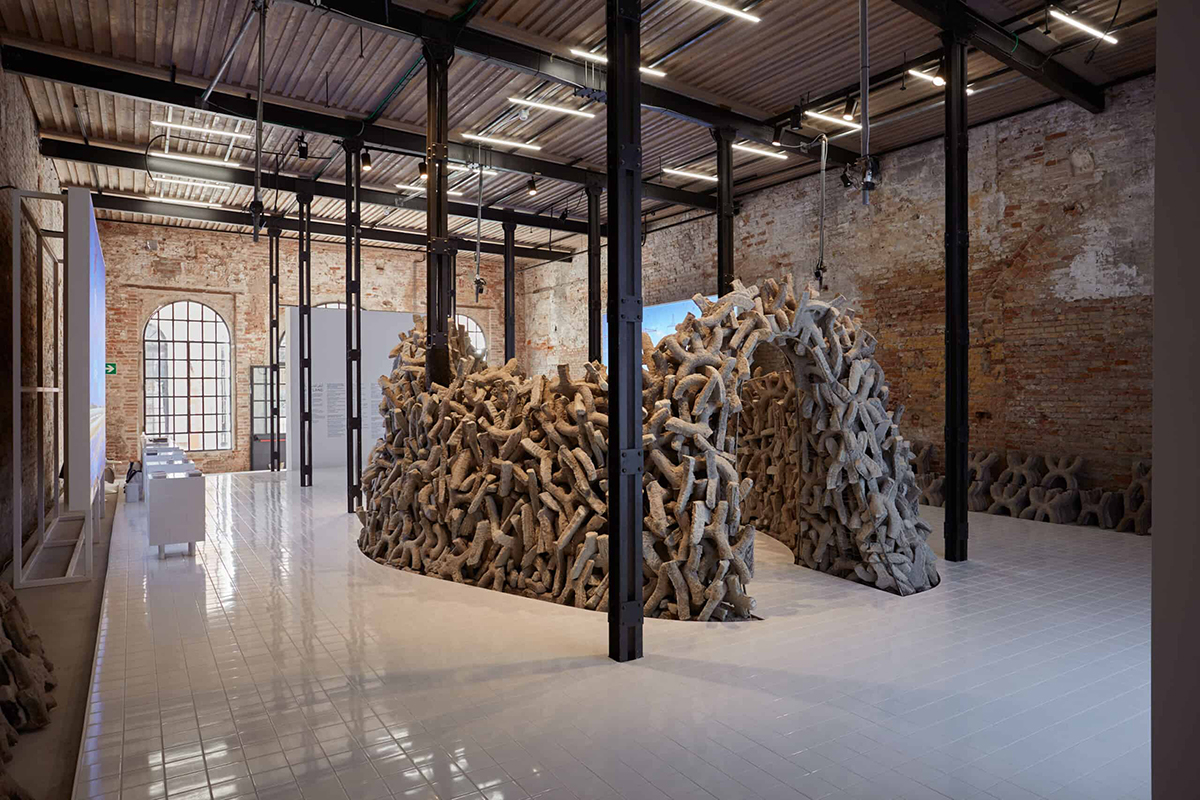
Wetland, the exhibition of the United Arab Emirates’ pavilion explores sustainable alternatives to Portland cement, which is the silent culprit of the climate crisis. No one is talking about it and yet, its production accounts for 36% of all emissions related to construction activities and 8% of total global CO2 emissions. Their proposed solution is environment-friendly cement made from recycled industrial waste brine. The pavilion displays a gigantic prototype structure made of the innovative salt-based material.

